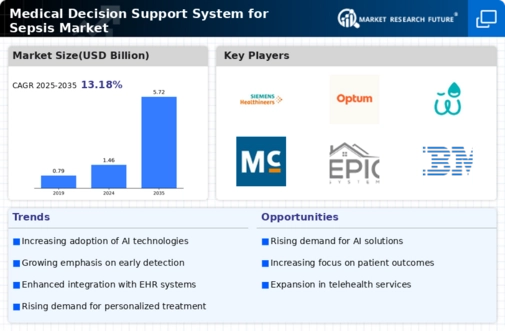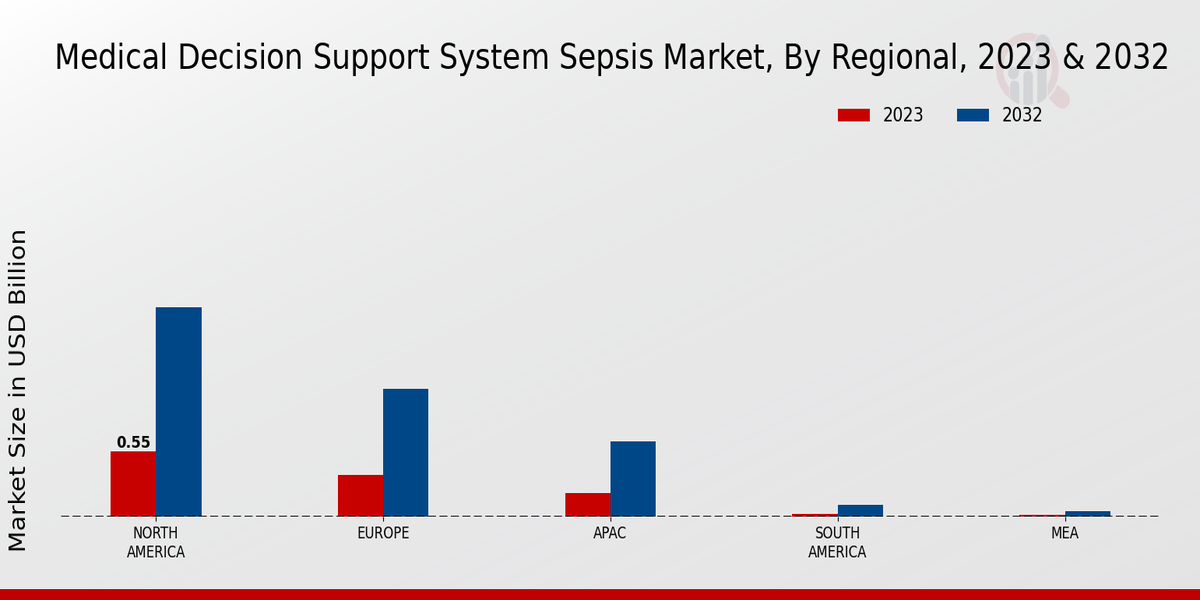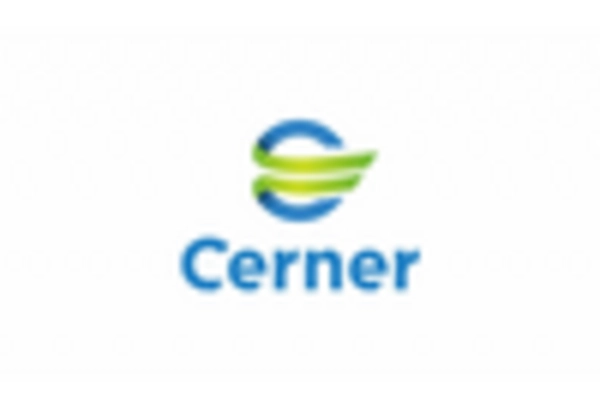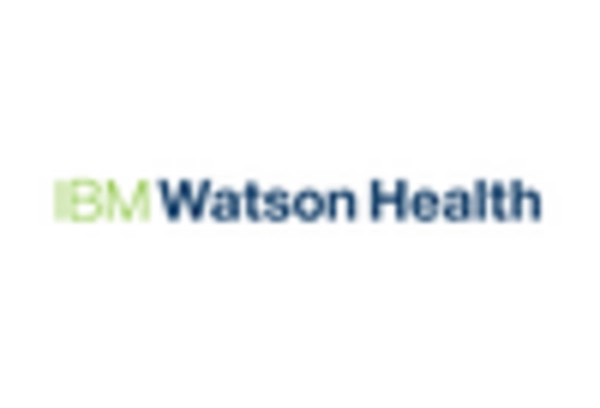Rising Incidence of Sepsis
The increasing incidence of sepsis is a critical driver for the Medical Decision Support System for Sepsis Industry. Sepsis affects millions of individuals annually, with estimates suggesting that it accounts for approximately 20% of all deaths in hospitals. This alarming statistic underscores the urgent need for effective decision support systems that can assist healthcare professionals in early detection and management of sepsis. As healthcare providers strive to improve patient outcomes, the demand for advanced medical decision support systems is likely to rise. Furthermore, the economic burden associated with sepsis treatment, which can exceed $20 billion annually, emphasizes the necessity for efficient and timely interventions. Consequently, the Medical Decision Support System for Sepsis Industry is poised for growth as healthcare systems seek to mitigate the impact of this life-threatening condition.
Growing Awareness and Education
Growing awareness and education regarding sepsis are vital drivers for the Medical Decision Support System for Sepsis Industry. Increased public and professional understanding of sepsis symptoms and risks has led to a heightened demand for effective management tools. Educational campaigns aimed at healthcare professionals emphasize the importance of early detection and intervention, which can be significantly enhanced by decision support systems. Furthermore, as awareness spreads, healthcare institutions are more likely to invest in technologies that support sepsis management. This trend is reflected in the rising number of training programs and workshops focused on sepsis care, which often highlight the role of medical decision support systems. Consequently, the Medical Decision Support System for Sepsis Industry is expected to grow as awareness and education efforts continue to evolve.
Emphasis on Patient-Centric Care
The shift towards patient-centric care is a significant driver for the Medical Decision Support System for Sepsis Industry. Healthcare providers are increasingly focusing on personalized treatment plans that cater to the unique needs of each patient. This approach necessitates the use of advanced decision support systems that can analyze individual patient data and provide tailored recommendations for sepsis management. By leveraging real-time data and predictive analytics, these systems can enhance the quality of care and improve patient outcomes. Moreover, as patients become more involved in their healthcare decisions, the demand for tools that facilitate informed decision-making is likely to rise. Consequently, the Medical Decision Support System for Sepsis Industry is expected to thrive as healthcare organizations prioritize patient-centric approaches in their sepsis management strategies.
Regulatory Support and Guidelines
Regulatory support and guidelines are crucial factors influencing the Medical Decision Support System for Sepsis Industry. Governments and health organizations are increasingly recognizing the importance of effective sepsis management and are establishing frameworks to promote the development and implementation of decision support systems. For instance, guidelines from health authorities emphasize the need for timely identification and treatment of sepsis, which can be facilitated by advanced medical decision support tools. This regulatory backing not only encourages innovation but also instills confidence in healthcare providers regarding the efficacy of these systems. As a result, the Medical Decision Support System for Sepsis Industry is likely to benefit from enhanced investment and research initiatives aimed at developing compliant and effective solutions for sepsis management.
Technological Advancements in Healthcare
Technological advancements play a pivotal role in shaping the Medical Decision Support System for Sepsis Industry. Innovations in artificial intelligence, machine learning, and data analytics are transforming how healthcare providers approach sepsis management. These technologies enable the development of sophisticated algorithms that can analyze vast amounts of patient data in real-time, facilitating timely and accurate decision-making. For instance, predictive analytics can identify patients at high risk for sepsis, allowing for early intervention and improved outcomes. The integration of these technologies into medical decision support systems is expected to enhance clinical workflows and reduce the burden on healthcare professionals. As a result, the Medical Decision Support System for Sepsis Industry is likely to experience significant growth, driven by the increasing adoption of advanced technologies in healthcare settings.


















Leave a Comment